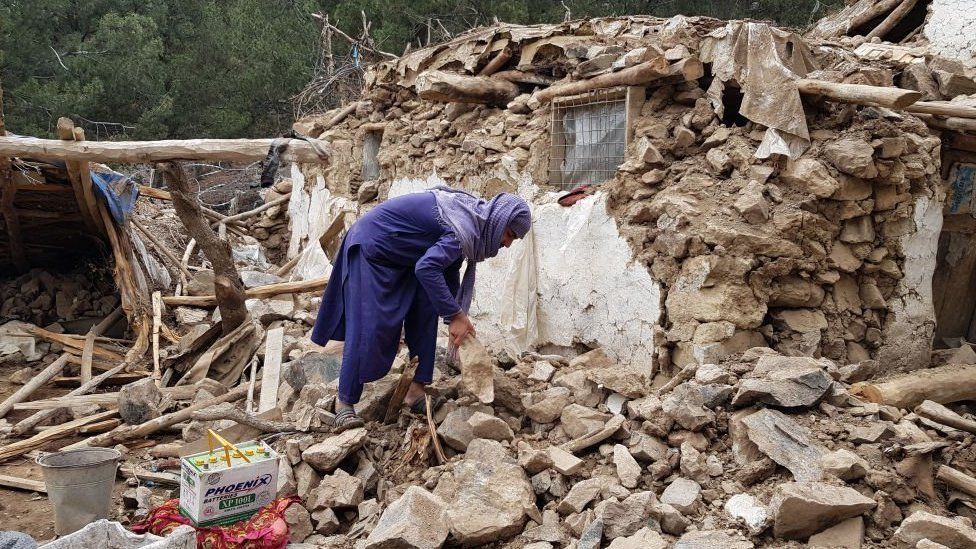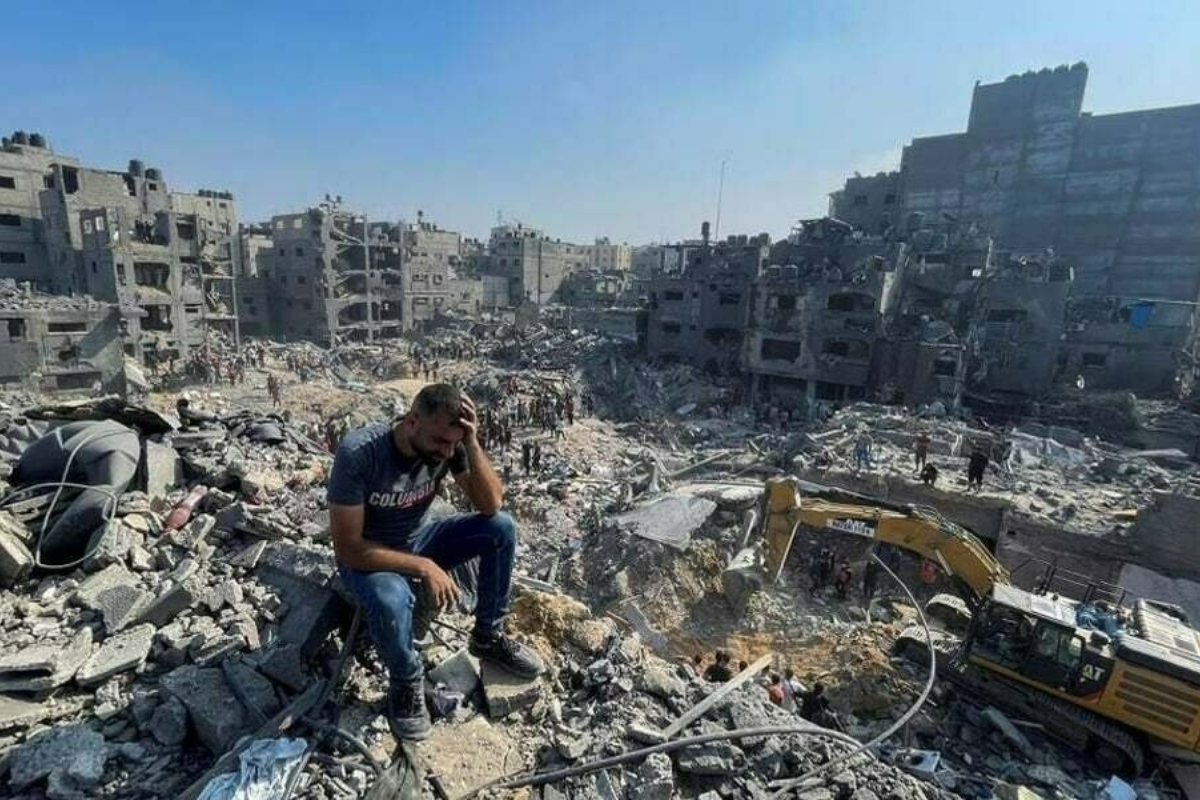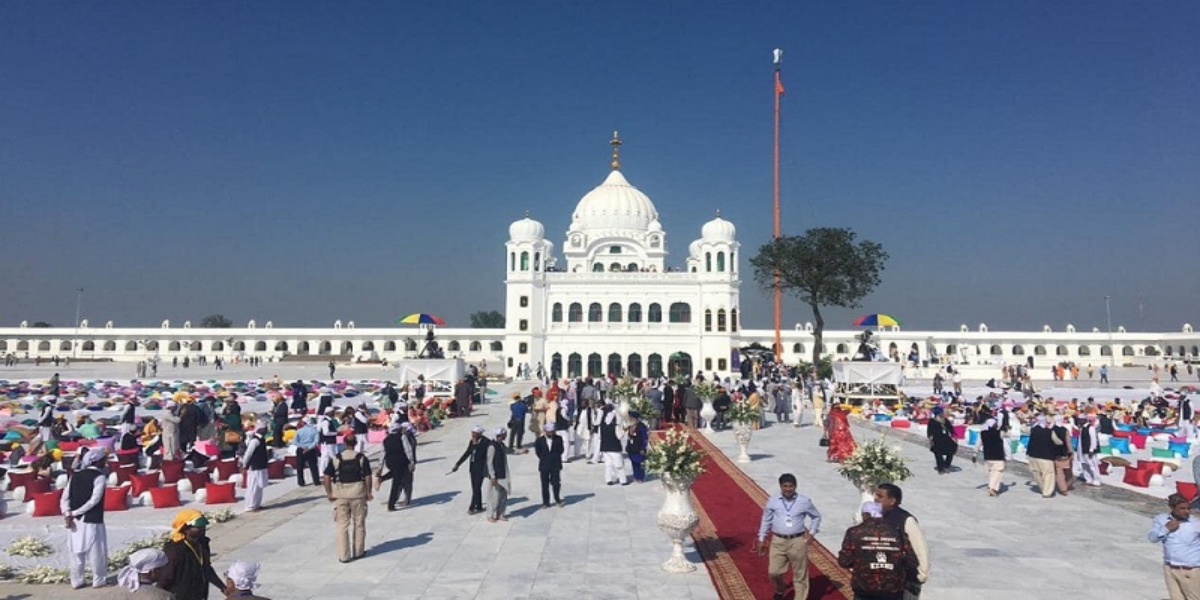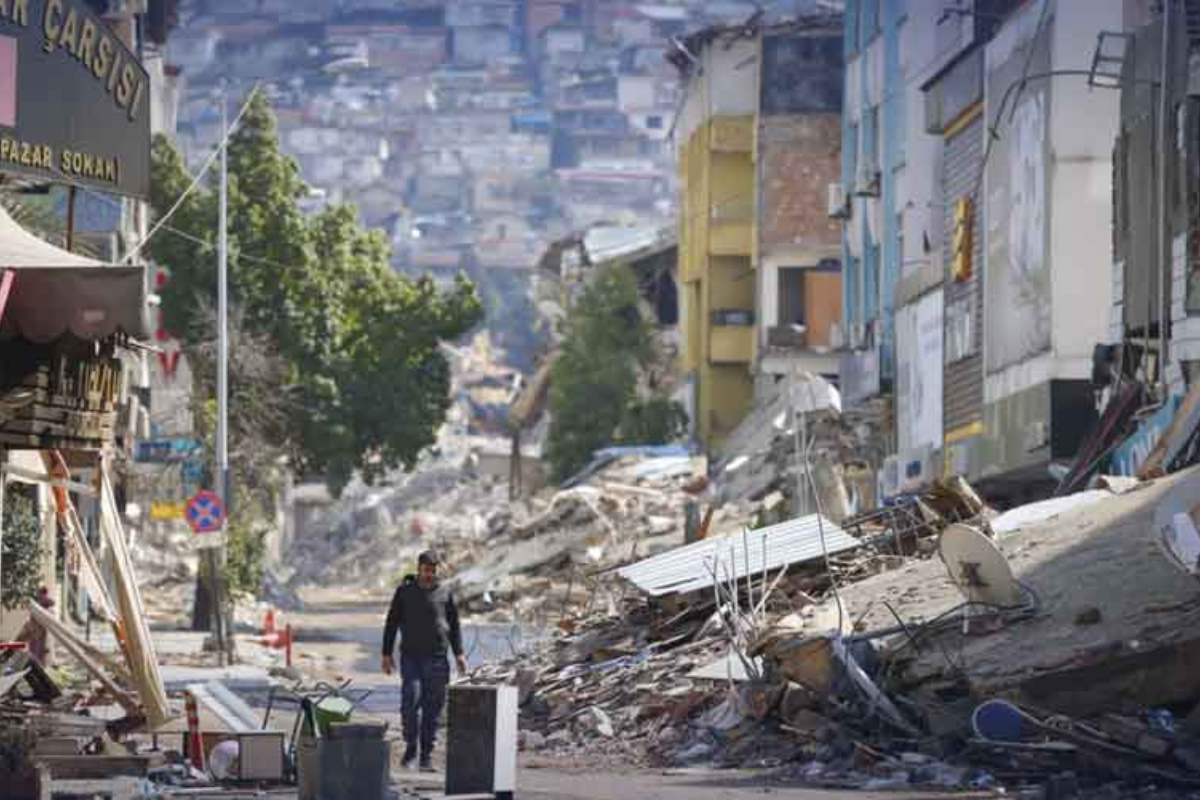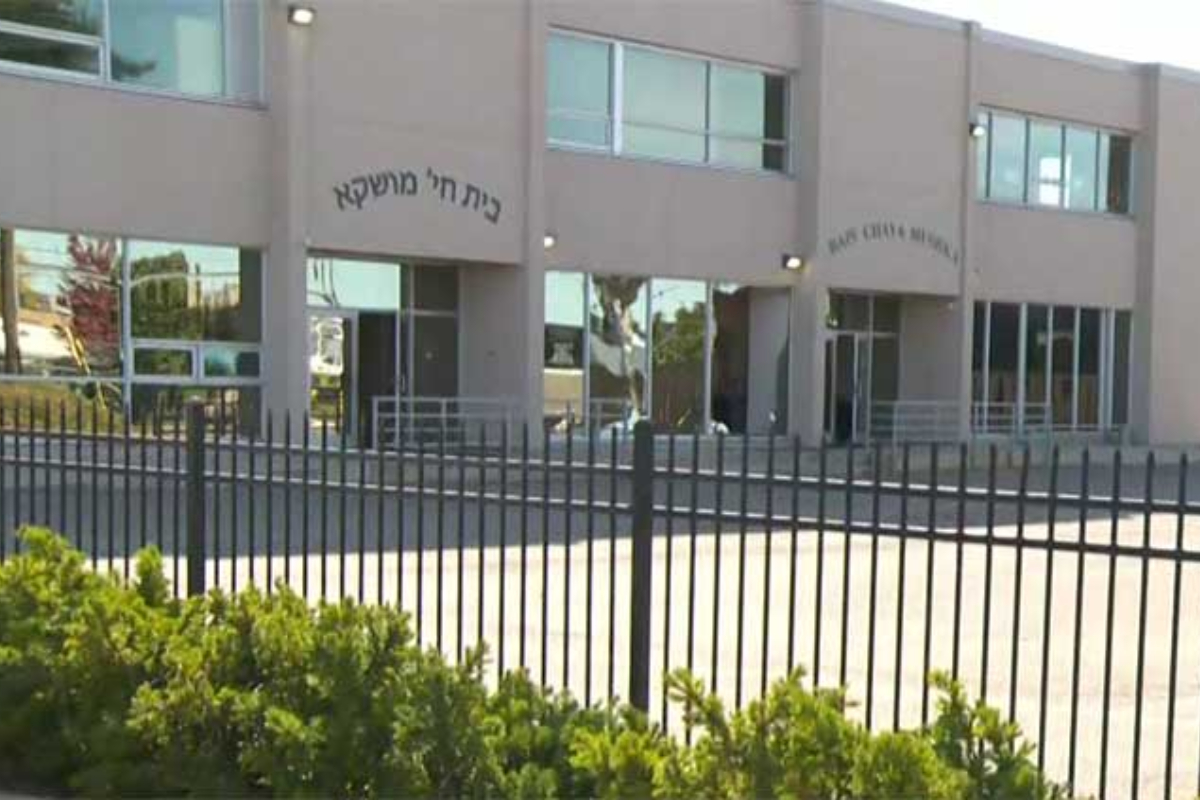- Afghanistan’s healthcare system was on the verge of collapse before Wednesday’s earthquake.
- Rescue efforts hampered by persistent rain, depleted supplies, and difficult terrain.
- Communication is difficult due to damage to cell phone towers.
According to doctors in Afghanistan, the earthquake on Wednesday may have killed a lot of youngsters.
More than 1,000 people lost their lives in the disaster, and rescue efforts are being hampered by persistent rain, depleted supplies, and difficult terrain.
The magnitude 6.1 earthquake left unknown numbers of people buried beneath the debris of destroyed, frequently mud-built dwellings.
More international aid has been requested by the Taliban administration. Communication networks also take a significant damage.
A Taliban spokesman was quoted by Reuters as saying, “We can’t access the area – networks are too weak.”
In the hardest-hit Paktika province, the United Nations is among those frantically trying to get food and shelter to isolated communities.
Even before the incident, Afghanistan’s healthcare system was on the verge of collapse.
Survivors and rescuers have described villages utterly demolished nearby the earthquake’s epicentre, as well as destroyed highways and cell phone towers, and they have expressed their concern that the death toll will continue to grow. According to officials, there were also around 1,500 injuries.
[embedpost slug=”pakistan-dispatches-relief-goods-for-afghan-earthquake-victims/”]
The Gayan and Barmal districts of Paktika have seen the most of the casualties thus far. Locals claim that numerous villages have collapsed.
In the capital of Paktika, a hospitalised woman revealed to reporters that she had lost 19 family members.
She added from her hospital bed, “Seven in one room, five in another, four in another, then three in another, have all been slaughtered in my family.
Another victim, Shabir, reported, “There was a rumbling and my bed started to tremble.”
“The roof gave way. Despite being confined, I could see the sky. Despite having a dislocated shoulder and head pain, I managed to escape. My family members who were in the same room with me and I am confident are seven or nine dead.”
The Taliban, an Islamist movement that reclaimed power last year after the fall of the Western-backed government, face a significant challenge in the wake of the country’s biggest earthquake in twenty years.
Early on Wednesday, an earthquake near the city of Khost, 44 kilometres (27 miles) distant, was felt as far away as Pakistan and India.
Abdul Qahar Balkhi, a top Taliban leader, claimed that the government was “financially unable to support the people to the extent that is needed” despite the humanitarian and economic catastrophe currently affecting Afghanistan.
People had lost everything in the earthquake, according to one survivor, Zaitullah Ghurziwal.
“This place is empty. Our possessions are still buried in the debris “explained Mr. Ghurziwal. “There are no tents, blankets, or other forms of shelter. On the open ground, people are sleeping. We require food and liquids. Our entire water delivery system has been damaged. Homes are ruined, and everything is in ruins.”
António Guterres, the UN chief, claimed that his organisation had “completely mobilised” in response to the catastrophe. According to UN officials, medical professionals, medical supplies, food, and emergency shelters were on their way to the earthquake zone.
However, Mohammad Amin Huzaifa, the information director for the province of Paktika, told AFP that due to the “severe rains yesterday night,” it was “extremely difficult” for rescuers to get to areas “hit by floods.”
Weather obstacles have also been noted by rescuers trying to enter from neighbouring locations.
“The weather shouldn’t be this bad in June. It’s been quite challenging because of the hail and snow that we’ve got “Save Afghans from Hunger NGO’s Obaidullah Baheer. There are many obstacles, but maybe we can overcome them because those roads haven’t actually been improved due to the security situation for the past 20 years.
Due to damage to cell phone towers, communication has been difficult since the earthquake, and the death toll could increase even more, according to a local journalist in the area.
Due to malfunctioning phones, he claimed, “many individuals are unaware of the health of their families.” “After several hours, I only learned that my brother and his family had passed away. There have been several village destructions.”
Due to its location in a tectonically active area and its proximity to a variety of fault lines, including the Chaman fault, the Hari Rud fault, the Central Badakhshan fault, and the Darvaz fault, Afghanistan is prone to earthquakes.
According to the UN Office for the Coordination of Humanitarian Affairs, more than 7,000 people have died in earthquakes in the nation during the past ten years. Earthquakes cause 560 fatalities annually on average.
More than 20 people were murdered and hundreds of homes were devastated most recently by back-to-back earthquakes in the country’s west in January.
Even before the Taliban took control of the country, Afghanistan’s emergency services were understaffed and underequipped to handle natural disasters.
Additionally, there is a severe lack of medical resources in the nation, and the prevalence of malnutrition has been rising.
93 percent of Afghan households, according to the UN, experience food insecurity. The “dire economic condition” in Afghanistan, according to Lucien Christen of the Red Cross, prevents “Afghan families” from putting food on the table.
[embedpost slug=”heartbreak-and-shock-at-afghan-earthquake-hospital/”]

